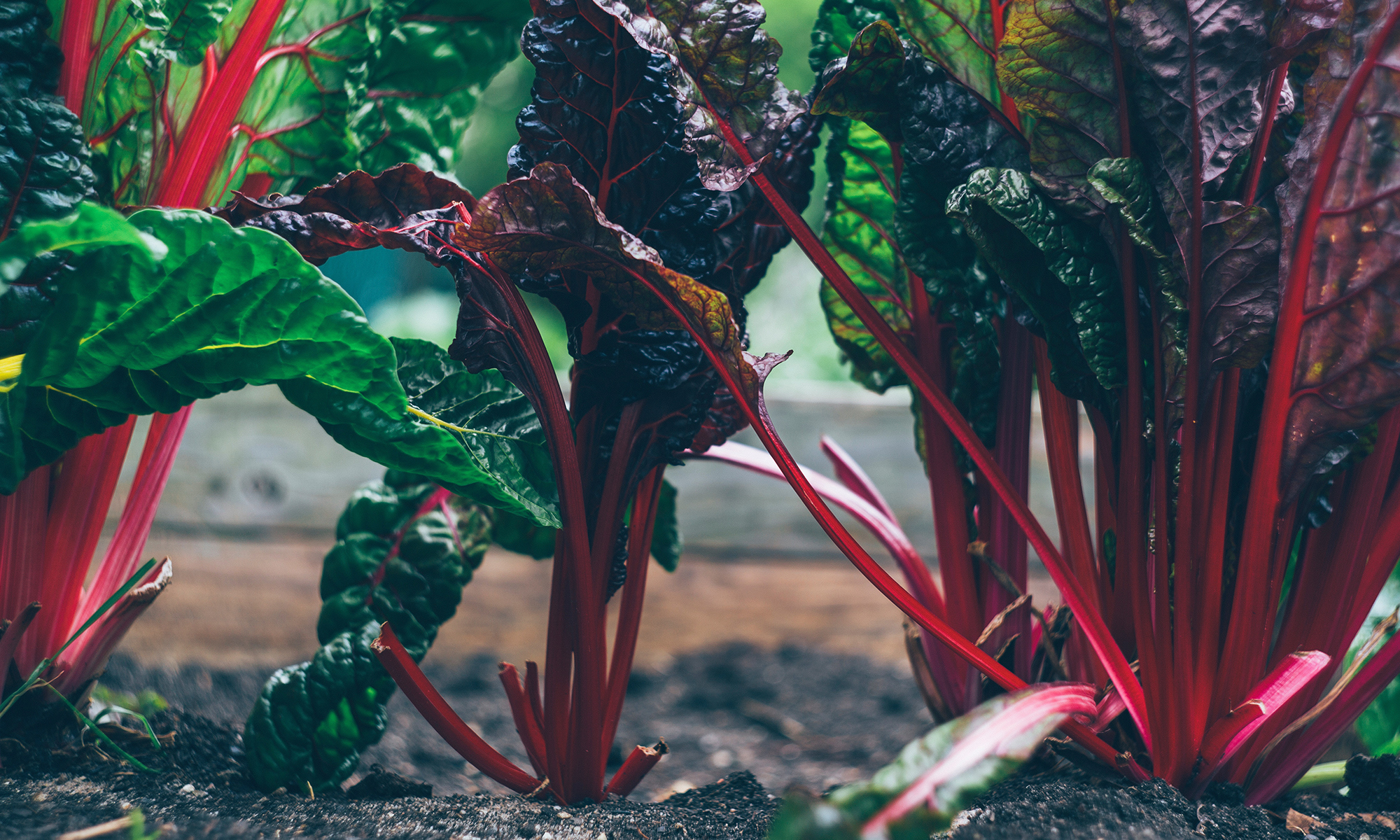I pulled all the sheets and towels out of the washing machine and tossed them in the dryer. I threw in a dryer sheet and hit the start button. The tumbler made its motion until I took my finger off the button. And then it stopped. Maybe I didn’t hold it long enough… I hit the start button again. And again. I unplugged the machine, reset the circuit breaker. To no avail, the dryer was definitely not drying.
I hung the sheets and towels from the every possible hook and hanger to prevent that dreaded sour smell that comes from leaving wet laundry for too long. Cursing that I had let the laundry pile up, I contemplated my options.
The week was not off to a good start.
Given that the machine had already broken twice in the nine years since I purchased it, I decided it was probably time to purchase a new machine.
Did you know that in the Commonwealth of Massachusetts only a certified plumber can disconnect and reconnect a gas dryer?
Great! On top of the expense of a new dryer and the delivery cost, I need to pay the plumber to come to my house. Twice.
Thank goodness, I adore my plumber. We’ve spent many lazy summer days fishing together at Spot Pond or chatting on my back deck comparing gardening notes. He pulled into my driveway, with his license plates that read “BowHunt” and reached into the back of his truck. I assumed he was getting tools… But instead he grabbed several packages of butcher paper – wrapping venison that he had hunted and killed last weekend.
The week was looking brighter!
He disconnected the gas and then a few days later returned to reconnect the new machine. And to top off his generosity, he didn’t even charge me.
Two of the packages contained the rump. I probably could have roasted the meat, but given its provenance I knew the meat would be extremely lean with a potential to be very tough. As I learned long ago, free range, wild meats are much tougher than the commercially raised counterparts. I opted for a stew, a sure-fire way to tenderize the toughest cuts. The third package contains sirloin which I will save for another day, and cook rare.
If you’re looking for a new plumber, let me know. Mine comes highly recommended.
Venison Stew with Chocolate Scented Agro-Dolce
1 pound venison stew meat
1 cup red wine
½ tsp. juniper berries, crushed
1 carrot, peeled and chopped
1 onion, peeled and chopped
1 celery stalk, chopped
1 cup chicken broth
¼ cup sugar
2 garlic cloves
½ cup balsamic vinegar
1 -2 tbs. grated bittersweet chocolate
Salt and pepper to taste.
1. Season the venison with salt and pepper. Put it in a bowl with the wine, juniper, carrots, onion and celery. Let marinate for at least an hour or as long as over night.
2. Put the venison and marinade in an oven proof, non reactive dish (anything but aluminum). Cover the meat with the chicken broth, and then tin foil.
3. Put the meat in the oven at 325F for 2 hours, or until meat is tender.
4. When meat is tender, finish the sauce…. Put sugar, garlic and ¼ cup of water in a small stainless steel saucepot. Put over high heat. Stir just until the sugar dissolves and continue cooking. Get the balsamic vinegar ready and measured. When the sugar is caramelized, golden brown add the balsamic. It will sizzle furiously, but don’t worry.
5. Add a few spoonfuls of the braising liquid to the balsamic pan and continue cooking for 2 minutes or until the sugar redissolves.
6. Stir the balsamic mix and chocolate into the stew. Adjust seasoning with salt and pepper.



